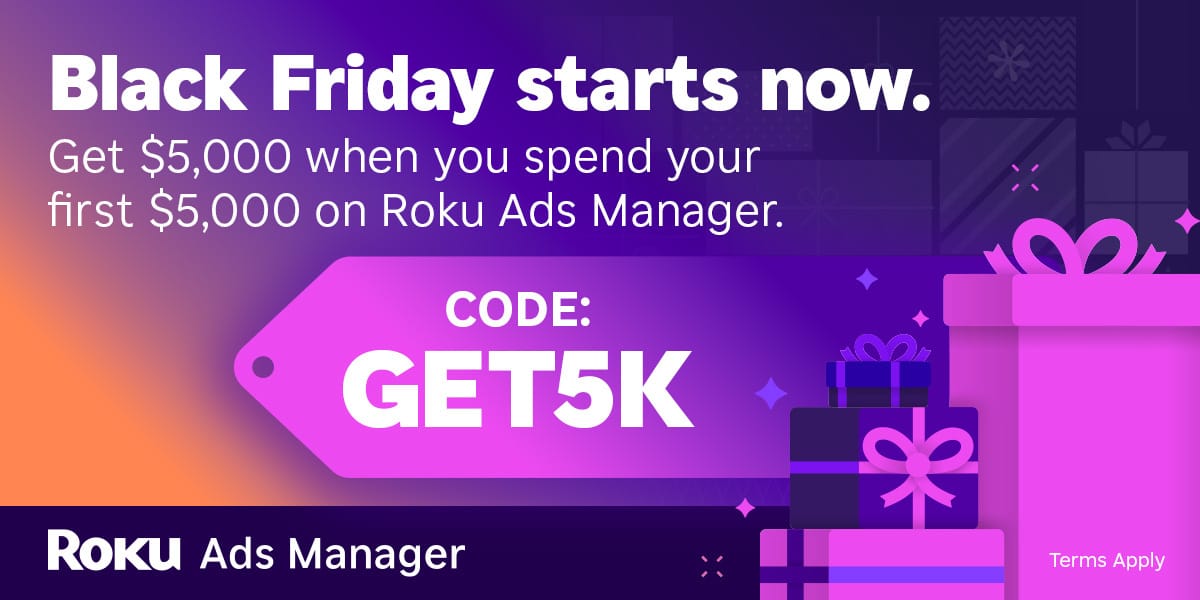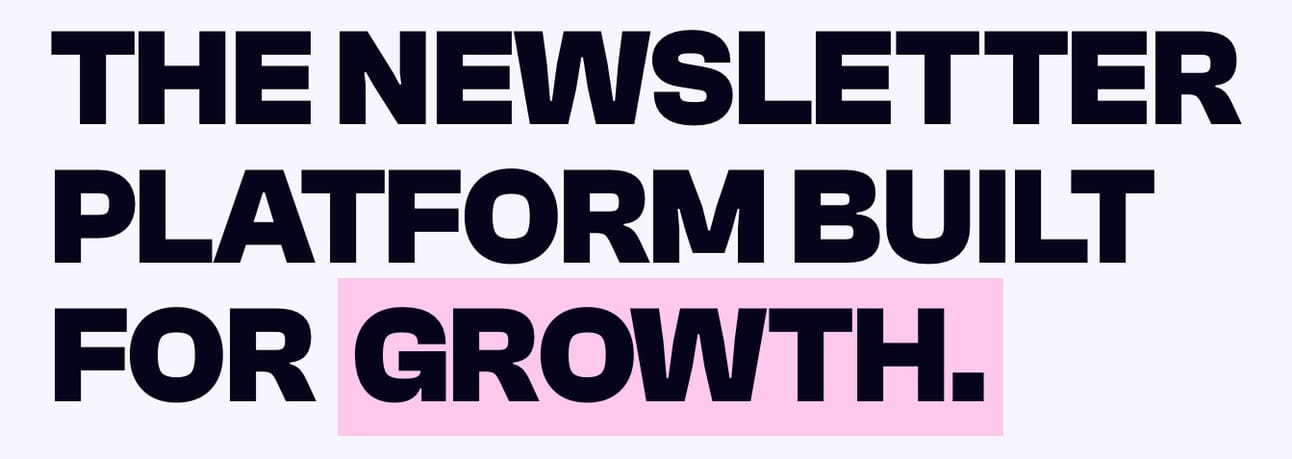Hey, Grow Newsie reader!
Today, we're diving into one of the most profitable monetization strategies for newsletter creators: selling digital products directly through your email list.
While sponsorships and ads get all the attention, the real money is in selling your own digital products. Why? Because you keep 100% of the revenue (minus platform fees), you control the pricing, and your engaged subscribers are already your warmest audience.
Let's break down exactly how to do this.
Why Digital Products Are Perfect for Newsletter Creators
Before we get into the "how," let's talk about the "why."
The Numbers Don't Lie:
The digital products market is projected to exceed $500 billion by 2030
Email marketing has an ROI of 122% compared to 28% for social media
Newsletter creators using digital products report 3-5x higher revenue than ad-only models
Key Advantages:
No inventory costs - Create once, sell infinitely
Instant delivery - Automated fulfillment saves you time
High profit margins - Keep 85-90% of revenue after platform fees
Scalable income - Sell to 10 or 10,000 subscribers without extra work
Audience alignment - Your subscribers already trust your expertise
Sponsored by: ROKU
Find your customers on Roku this Black Friday
As with any digital ad campaign, the important thing is to reach streaming audiences who will convert. To that end, Roku’s self-service Ads Manager stands ready with powerful segmentation and targeting options. After all, you know your customers, and we know our streaming audience.
Worried it’s too late to spin up new Black Friday creative? With Roku Ads Manager, you can easily import and augment existing creative assets from your social channels. We also have AI-assisted upscaling, so every ad is primed for CTV.
Once you’ve done this, then you can easily set up A/B tests to flight different creative variants and Black Friday offers. If you’re a Shopify brand, you can even run shoppable ads directly on-screen so viewers can purchase with just a click of their Roku remote.
Bonus: we’re gifting you $5K in ad credits when you spend your first $5K on Roku Ads Manager. Just sign up and use code GET5K. Terms apply.
The 7 Best Digital Products to Sell Through Your Newsletter
1. E-books & Guides
Perfect for sharing in-depth knowledge on specific topics. Price range: $7-$97.
Example: A productivity newsletter selling a 50-page guide on "Time Management for Remote Workers"
2. Templates & Swipe Files
Ready-to-use resources your audience can implement immediately. Price range: $15-$49.
Example: Notion templates, email templates, social media content calendars
3. Online Courses
Structured learning experiences with video lessons, worksheets, and community access. Price range: $97-$997.
Example: A marketing newsletter selling a 6-week course on "Newsletter Growth Strategies"
Curated collections of tools, resources, and content accessible via subscription. Price range: $9-$49/month.
Example: Access to 100+ Canva templates, video tutorials, and monthly expert interviews
5. Toolkits & Checklists
Practical tools that solve specific problems. Price range: $19-$79.
Example: "Complete Newsletter Launch Toolkit" with 15 templates, a 30-day plan, and tech setup guides
6. Webinars & Workshops
Live or recorded training sessions on specialized topics. Price range: $47-$297.
Example: A 2-hour live workshop on "Scaling Your Newsletter to 10K Subscribers"
7. Coaching & Consulting Packages
High-ticket services for personalized guidance. Price range: $500-$5,000+.
Example: 1-on-1 newsletter audit and 4-week growth consulting
The 7-Step Process to Start Selling
Step 1: Identify Your Audience's Biggest Pain Point
Don't create a product and then look for buyers. Instead:
Survey your subscribers about their biggest challenges
Review the questions you get via email replies
Check which newsletter topics get the highest engagement
Look at competitor products to find market gaps
Pro Tip: The best products solve a problem your audience is already actively trying to solve.
Step 2: Choose Your Product Type
Based on your expertise and audience needs, select ONE product type to start with. Don't overwhelm yourself by launching multiple products at once.
Consider:
Time investment: E-books require less than courses
Price point: Start with mid-range ($27-$97) for easier conversions
Your strengths: Are you better at writing, teaching, or designing?
Step 3: Create a Minimum Viable Product (MVP)
Don't aim for perfection on launch day. Create a solid first version that delivers value, then improve based on customer feedback.
For an e-book:
30-50 pages of actionable content
Professional design (use Canva or hire on Fiverr)
Clear structure with chapters and takeaways
For a course:
4-6 modules with video lessons
Worksheets and action steps
Simple member area (Teachable, Thinkific, or Gumroad)
Step 4: Set Up Your Sales Infrastructure
You need three key components:
A. Payment processor:
Gumroad (10% fee) - Best for beginners, handles everything
Stripe + Website (2.9% + $0.30) - More control, requires setup
Platform built-in (varies) - Substack, beehiiv, Kit offer native solutions
B. Delivery system:
Automated email with download link
Member portal access
Drip email sequence for courses
C. Sales page:
Compelling headline focused on transformation
Clear benefits (not just features)
Social proof (testimonials, results)
Strong call-to-action
Money-back guarantee to reduce risk
Step 5: Pre-Launch to Build Momentum
Before your official launch, create anticipation:
2 Weeks Before:
Tease the product with sneak peeks
Share behind-the-scenes of creation process
Ask subscribers what they'd like to see included
1 Week Before:
Offer early-bird discount to first 50 buyers
Share testimonials from beta testers
Create urgency with countdown emails
Launch Day:
Dedicated announcement email
Clear CTA with direct purchase link
Explain exactly what they'll get
Step 6: Promote Strategically in Your Newsletter
Don't make every issue a sales pitch. Use the 80/20 rule:
80% valuable free content
20% promotional content
Effective Promotion Tactics:
Soft Sell: Include a P.S. section mentioning your product
P.S. If you enjoyed today's tips on newsletter growth,
you'll love my comprehensive Newsletter Growth Toolkit
with 15+ templates. Get it here → [link]Case Study: Share a subscriber success story using your product
Content Upgrade: Offer related free content, then pitch the premium version
Email Sequence: Set up a 5-email automated sequence for new subscribers introducing your product
Exclusive Discounts: Reward loyal subscribers with special pricing
Step 7: Optimize and Scale
After your first sales, focus on improving:
Track These Metrics:
Email open rates on promotional content
Click-through rates to sales page
Conversion rate (visitors to buyers)
Average order value
Customer lifetime value
Improvement Strategies:
A/B test subject lines for promotional emails
Gather customer feedback and add features
Create product bundles for higher average order value
Add upsells and cross-sells
Build an email funnel specifically for product sales
Real-World Examples of Success
Case Study 1: The Template Seller
A design-focused newsletter with 5,000 subscribers created a Notion template library. They promoted it in their weekly newsletter's P.S. section and made $3,200 in the first month selling at $29/product.
Case Study 2: The Course Creator
A productivity newsletter (12,000 subscribers) launched a $197 course. They ran a 5-day email challenge as a lead-up, then opened enrollment. Result: 89 sales = $17,533 in one week.
Case Study 3: The E-book Author
A finance newsletter with 3,000 subscribers wrote a 40-page guide on "Freelancer Tax Strategies" priced at $37. They sold 47 copies in the first month through newsletter mentions and made $1,739.
The Best Platforms for Selling Digital Products
For Beginners:
Gumroad - Simple setup, handles everything, 10% fee
Kit (formerly ConvertKit) - Built-in commerce for newsletter creators
Stan Store - Creator-focused with simple checkout
For Established Creators:
Teachable - Best for courses with robust features
Podia - All-in-one: courses, downloads, memberships
Thinkific - Advanced course platform with marketing tools
For Maximum Control:
WordPress + WooCommerce - Full customization
Webflow + Memberstack - Beautiful design, membership features
Custom solution with Stripe - 100% control, requires dev work
Common Mistakes to Avoid
❌ Creating before validating - Test interest before building
❌ Underpricing your products - Don't compete on price, compete on value
❌ Over-promoting - Balance value and sales content
❌ No follow-up sequence - Many sales happen after the first email
❌ Ignoring testimonials - Social proof dramatically increases conversions
❌ Complicated checkout - Every extra step loses 10-15% of buyers
❌ No money-back guarantee - This single element can double conversions
Your Action Plan for This Week
Ready to start selling? Here's what to do NOW:
Day 1-2: Survey your subscribers about their biggest challenge
Day 3-4: Choose ONE product type and outline the content
Day 5-7: Create your MVP (don't overthink it!)
Day 8-10: Set up Gumroad/platform and create sales page
Day 11-14: Pre-launch teaser in newsletter, then launch!
Final Thoughts
Selling digital products through your newsletter isn't just about making money—it's about deepening your relationship with your audience by solving their real problems.
Start small, test quickly, and iterate based on feedback. Your first product doesn't need to be perfect; it needs to be launched.
The newsletter creators earning $10K+/month from digital products all started with a single $27 e-book or a simple template pack. The difference? They took action.
What digital product will you create?
Keep growing!
With love,
Nikhil
How was today's edition?
If you’ve ever thought about starting your own newsletter (or switching to a better platform), I’ve partnered with the beehiiv team to set you up with:
✅ 20% off your first 3 months
✅ A free 30-day trial, no credit card needed


